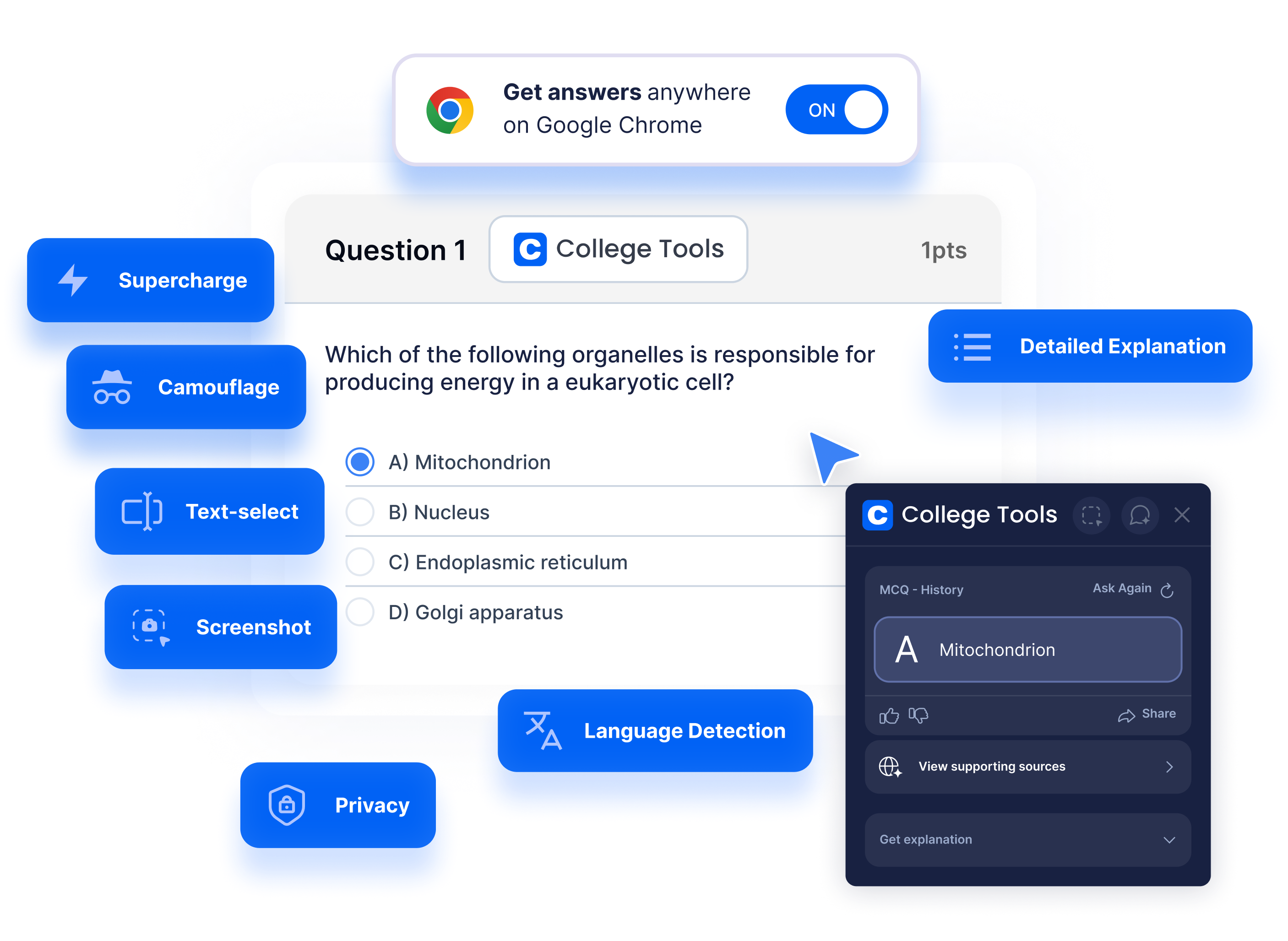The relentless evolution of digital technology has revolutionized various sectors, including education. Today, there is an increasing emphasis on fostering scientific literacy among students, particularly in natural sciences. This discipline encompasses numerous fields such as biology, physics, and geology, offering a unique insight into the world around us. However, its complexity can sometimes make it a challenging subject to grasp, especially with traditional teaching techniques. Leveraging the power of learning apps is proving to be a viable solution to this dilemma, and this case study will shed light on its transformative impact.
The Power of Learning Apps in Science Education
Learning apps are blending portability with interactivity, providing an engaging approach to education that transcends the confines of classroom walls. They are instrumental in replicating complex natural science concepts through simulations and animated diagrams, thereby enhancing the comprehension of intricate topics[^1^].
One prominent example of this innovative pedagogical approach is the metamorphosis of a butterfly. Traditionally explained through textbook illustrations, this intricate process can be challenging to envisage. However, transformative learning apps have transcended these limitations, integrating AR technology to render a lifelike simulation of the metamorphosis process. This interactive representation offers students a firsthand understanding of each stage, thus fostering a deeper understanding.
Maximizing Effectiveness: Blending Traditional and Digital Methods
It's important to consider how these learning tools should be used to maximize their effectiveness. A key strategy is leveraging them to complement conventional teaching methods rather than completely replacing them. For instance, a physics teacher could explain the concept of gravity in class and recommend a related app for students to explore its real-world implications virtually. Such a blended learning approach can ensure the information retention rate is significantly enhanced.
An additional advantage of such tools is promoting self-paced learning. Given the diversity in learning preferences and pace among students, these apps allow them to absorb the information at a pace that suits them best. This flexibility fosters a more inclusive learning environment, proving particularly beneficial for students who may struggle to keep up with the typical pace of a classroom setting.
Bridging Theory and Practice: Case Studies in Science Education
Case studies and real-world examples play a crucial role in solidifying theoretical natural science concepts. Certain apps integrate this method, offering detailed analysis of case studies, further bridging the gap between theory and practice. For instance, the COVID-19 pandemic can serve as an intriguing case study within the biochemistry sector of natural sciences. Through detailed analysis and interactive models, students can gain a thorough understanding of the virus's structure and its mode of interaction with human cells.
Regardless of the subject's complexity, study efficiency is an indisputable requirement for academic success[^3^]. As such, these learning apps often incorporate features dedicated to enhancing study efficiency. For instance, adaptive algorithms can provide tailored questions and study materials based on each student's strengths and weaknesses. This personalized approach aids in pinpointing knowledge gaps and filling them effectively, thereby streamlining study sessions and maximizing their productivity.
Embracing a Balanced Future: The Confluence of Tradition and Innovation
In conclusion, adopting learning apps within the education sector, particularly in natural sciences, offers an interactive and efficient approach to teaching potentially intricate topics. They offer a unique blend of flexibility and adaptability, promoting an inclusive learning environment that accommodates students with varying learning speeds and styles. However, it's essential to strike a balance between traditional teaching methods and these digital tools, ultimately fostering a system that leverages the best of both worlds. Undeniably, further research and development in this sector are essential to explore its full potential and the significant benefits it holds for future science education.
For those interested in exploring the realm of innovative learning tools, College Tools provides a seamless experience through its Google Chrome extension. To learn more about the features and benefits, visit the College Tools website. If you're ready to embark on your journey, head over to the College Tools dashboard to get started. Our blog and documentation also offer valuable insights and resources for educators and students alike.
[^1^]: Scientific American: Bringing Science to Life with Mobile Apps [^2^]: nature: Natural Sciences [^3^]: Nature Reviews: Improving Study Efficiency









